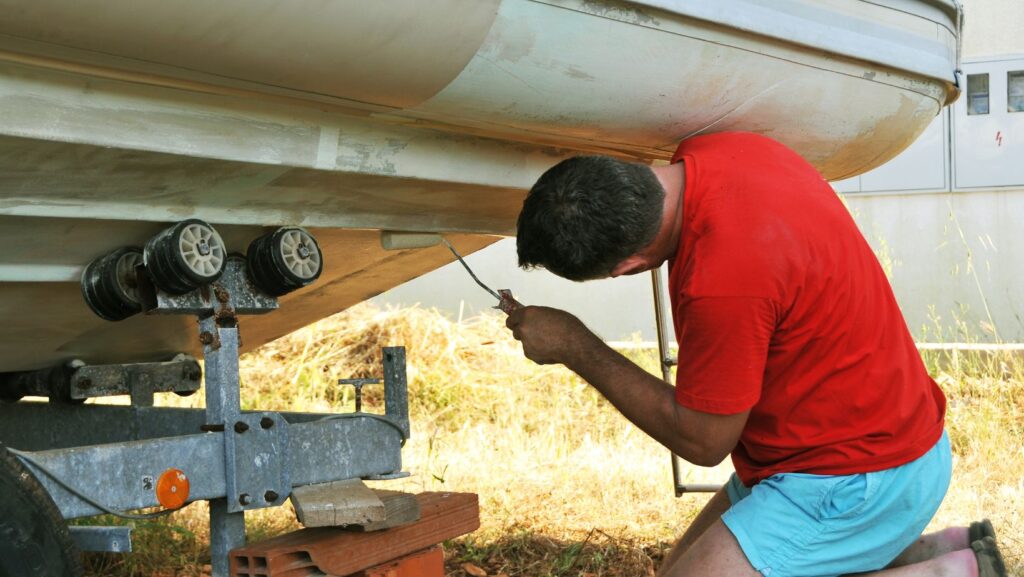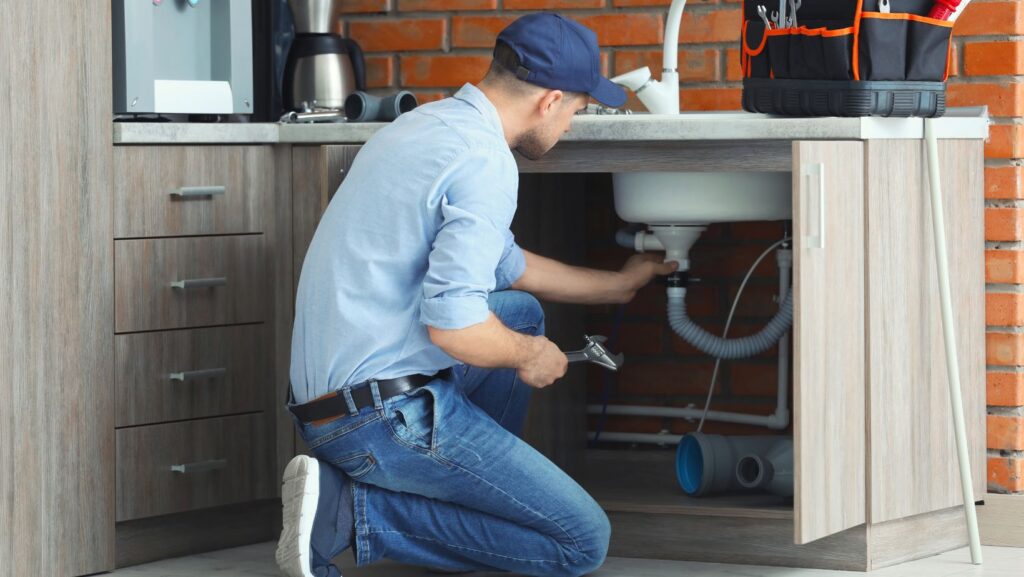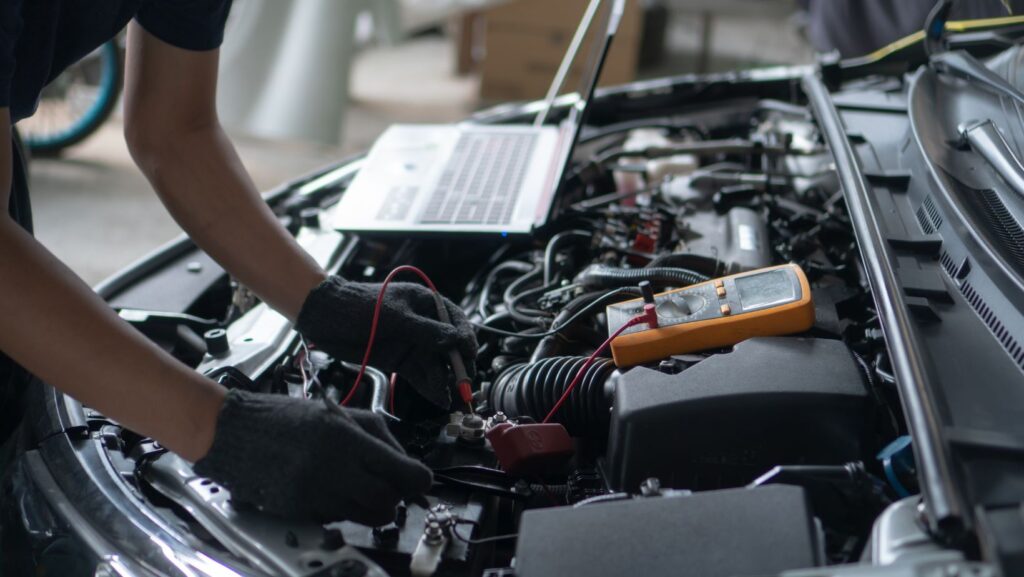 Maintaining a boat is crucial for ensuring its longevity and performance. Whether you’re a seasoned sailor or a first-time boat owner, understanding the basics of boat maintenance can save you from costly repairs and unexpected breakdowns. Regular upkeep not only enhances the safety and functionality of your vessel but also contributes to preserving its value over time. From the engine to the hull, every component of your boat requires specific care. In this article, we’ll delve into essential tips that cover everything from routine cleaning to engine maintenance. These guidelines will help you keep your boat in pristine condition, ensuring you can enjoy smooth sailing and worry-free adventures on the water.
Maintaining a boat is crucial for ensuring its longevity and performance. Whether you’re a seasoned sailor or a first-time boat owner, understanding the basics of boat maintenance can save you from costly repairs and unexpected breakdowns. Regular upkeep not only enhances the safety and functionality of your vessel but also contributes to preserving its value over time. From the engine to the hull, every component of your boat requires specific care. In this article, we’ll delve into essential tips that cover everything from routine cleaning to engine maintenance. These guidelines will help you keep your boat in pristine condition, ensuring you can enjoy smooth sailing and worry-free adventures on the water.
Boat Maintenance Tips
Maintaining a boat is c rucial for ensuring its longevity, safety, and performance. With proper care, boat owners can enjoy prolonged and consistent usability of their vessels.
Types of Boats and Their Specific Needs
Different types of boats—such as sailboats, motorboats, and yachts—have unique maintenance needs. Sailboats require regular inspection of their sails and rigging, motorboats need frequent engine checks, and yachts demand comprehensive care, from their luxurious interiors to their complex navigation systems. Understanding these specific needs helps owners keep their boats in prime condition.
Importance of Regular Maintenance
Regular maintenance not only extends the lifespan of a boat but also ensures optimal safety and performance during operation. Routine check-ups can detect issues before they escalate into costly repairs, significantly reducing overall maintenance expenses. Staying consistent with upkeep schedules preserves boat functionality and enhances reliability on the water.
Basic Maintenance Tips
 Boat maintenance is crucial for ensuring your vessel remains in top condition, ready for safe and enjoyable outings. Adhering to a regular maintenance schedule prevents extensive damages and maximizes the boat’s performance and longevity.
Boat maintenance is crucial for ensuring your vessel remains in top condition, ready for safe and enjoyable outings. Adhering to a regular maintenance schedule prevents extensive damages and maximizes the boat’s performance and longevity.
Cleaning and Waxing
Regular cleaning and applying a protective wax coating are fundamental to maintaining a boat’s aesthetic and structural integrity. Boat owners should wash their vessel after every outing to remove salt, dirt, and debris that can corrode surfaces and promote wear. Applying wax not only restores shine but also provides an additional layer of protection against harsh environmental elements. It’s advisable to use marine-specific products for optimal results.
Checking the Engine and Fuel System
The engine and fuel system require vigilant monitoring to ensure efficient operation and prevent breakdowns. Boat owners must routinely check the engine’s oil level, coolant, and for any signs of wear or leakage. Replacing fuel filters annually, or more often if frequently used, helps maintain engine health. Inspecting and cleaning the fuel system regularly, including the tank and injectors, supports optimal performance and minimizes the risk of contamination or engine failure.
Advanced Maintenance Techniques
 Building on foundational maintenance practices, advanced maintenance techniques focus on specialized tasks that enhance boat longevity and functionality. This section explores methods crucial for thorough boat upkeep, including antifouling processes and electrical system care, to ensure boats remain in prime condition.
Building on foundational maintenance practices, advanced maintenance techniques focus on specialized tasks that enhance boat longevity and functionality. This section explores methods crucial for thorough boat upkeep, including antifouling processes and electrical system care, to ensure boats remain in prime condition.
Antifouling Processes
Antifouling is essential for preventing organism growth that can attach to the hull and affect boat performance. Boat owners apply antifouling paint, which contains biocides, to the boat’s hull, creating a surface undesirable for marine life. This process, typically performed annually, protects the hull from corrosion and improves fuel efficiency by maintaining a smooth underwater surface. For optimal results, boat owners choose antifouling products suited to their specific water conditions and boat usage patterns.
Electrical System Care
Electrical system maintenance encompasses inspecting, cleaning, and securing all electrical connections and components on a boat. It is critical to regularly check the wiring for signs of wear, corrosion, and loose connections to prevent electrical failures that could lead to safety hazards. Implementing surge protection devices and using moisture-resistant materials can further safeguard the electrical system. Specialists recommend a comprehensive electrical inspection at least once per year to ensure all components function correctly and efficiently.



